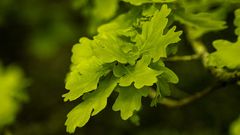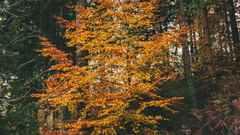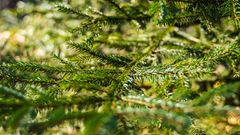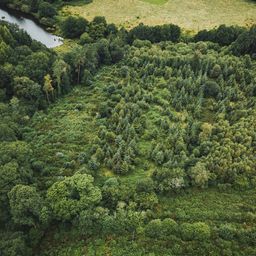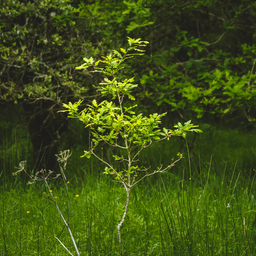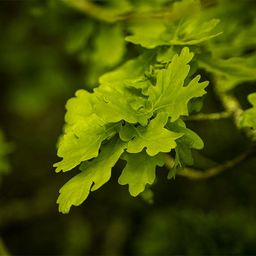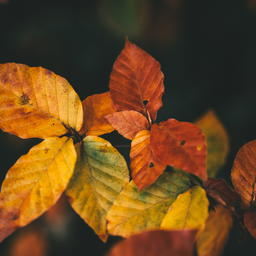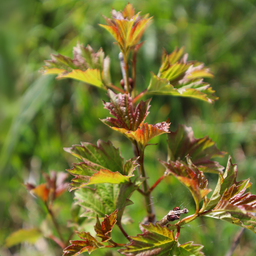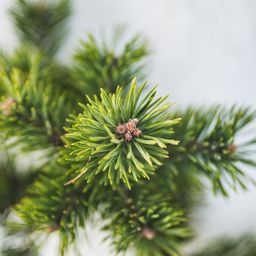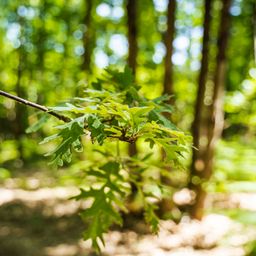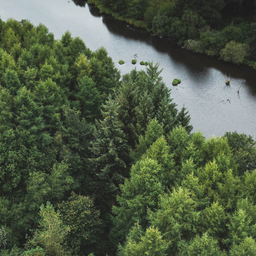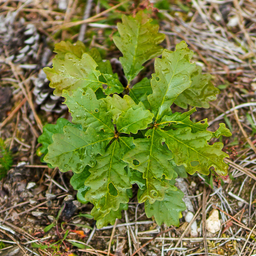Jul 16, 2025
Natural regeneration in Monceaux-sur-Dordogne: A living lab for monitoring biodiversity
Discover how a protected French forest preserves rare wildlife and ecosystems through non-intervention forestry and ongoing monitoring.
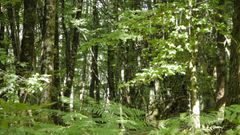
The Monceaux-sur-Dordogne forest began to grow nearly a century ago on former vineyard land abandoned after the phylloxera outbreak in the 19th century. Located in the hilly landscape of Corrèze, on the edge of the Dordogne River in southwestern France, this forest is a striking example of passive rewilding, where nature has gradually reclaimed former agricultural land, allowing a diverse ecosystem to regenerate over nearly a century.
On the north bank of the Dordogne River, our biodiversity project in Monceaux-sur-Dordogne began in September 2021 with a clear goal: to protect and observe a rich forest ecosystem as it evolves naturally. The site spans 20.4 hectares of thriving woodland, flowing water, and living history.
A unique opportunity to preserve an ecosystem
Running through the forest is the Combe Jean stream, with two plots bordering watercourses, one directly touching the Dordogne River, a UNESCO biosphere reserve often called “the smile of France.” Once lost in the 1960s, salmon have now returned, a testament to the river’s renewed health.
This forest has grown on the slopes of former vineyards, abandoned after the 19th-century phylloxera outbreak. Much of it was replanted around 40 years ago, and it now supports a variety of native species and habitats, including windfalls and “den trees” that shelter local wildlife.

Its diverse landscapes range from beech-oak woodlands with holly to stands of Scots and Corsican pine. The eastern slopes feature nearly century-old pedunculate oaks alongside younger growth, creating a dynamic and layered canopy.
Open from March to September, the forest lies along a popular hiking route near a Natura 2000 site and one of France’s largest tourist information centres. It offers visitors a rare chance to experience conservation up close.
Rather than reshape the forest, we’re allowing it to grow and adapt in its own time. Certification is underway, and we remain committed to observing and protecting this unique and evolving ecosystem.
Why is the forest left untouched?
The Moulin-de-Vaurette forest is left untouched to preserve it as a natural space, protecting rare species and enabling the study of natural forest evolution. This initiative began with the desire to observe what happens in a forest left as free as possible from human intervention and to provide a lasting refuge for certain relatively rare species.
No trees have been planted or cut by EcoTree’s team, and no human interference has occurred, allowing for pure, spontaneous evolution. This rare approach offers a unique opportunity to observe how nature evolves independently, providing a sanctuary for species that thrive in undisturbed environments.
While most forests in France are actively managed for timber production, we believe it is also crucial to protect pockets of natural growth, which we refer to as “untouched forests or areas.” Preserving these forests comes with costs, including land acquisition, ongoing ecological monitoring, and public education. We invite supporters to help fund this long-term commitment to biodiversity and natural heritage. You can read more about how to support this particular project here.
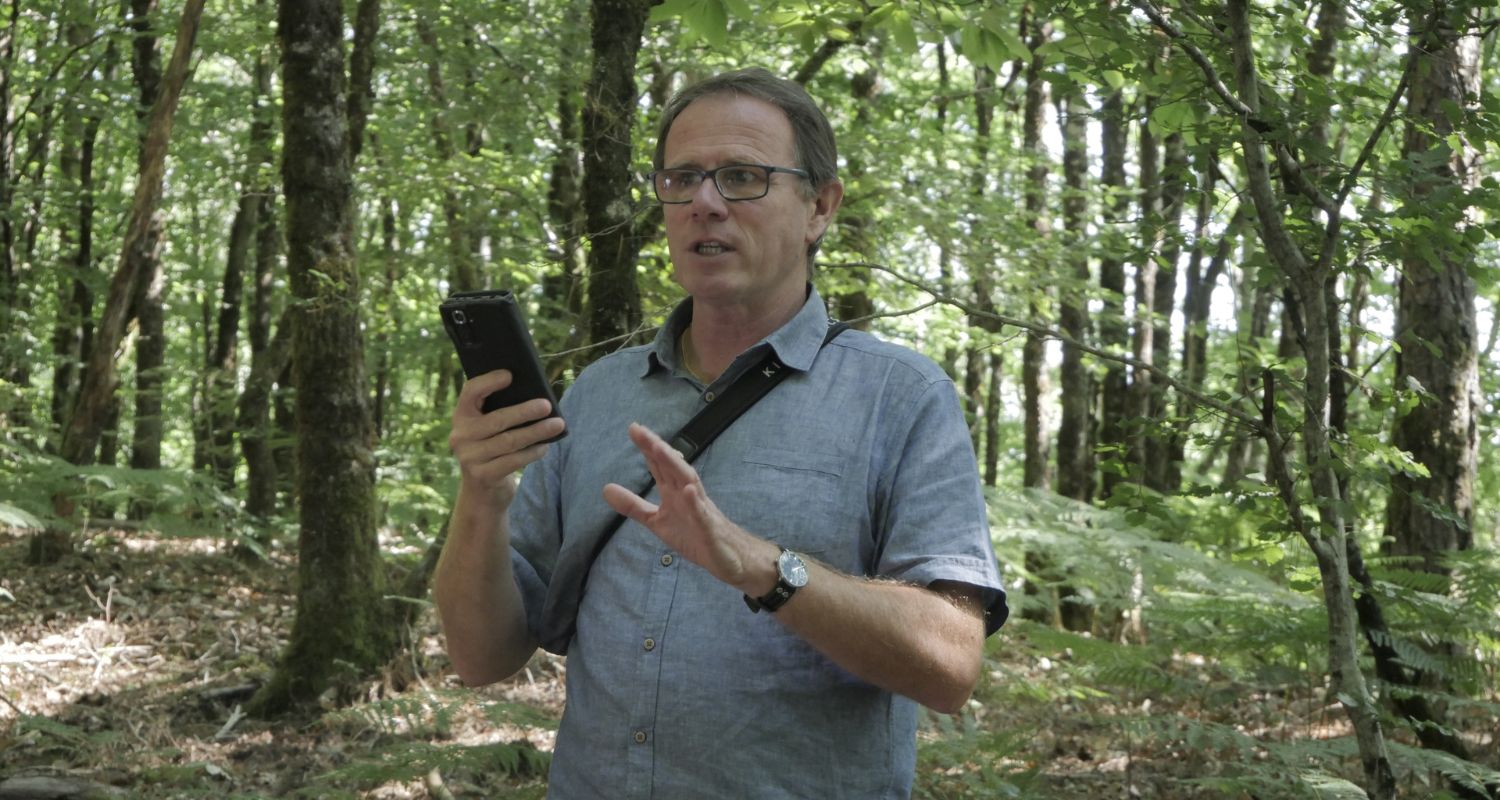
Which actions have we taken?
We have constructed bird nest boxes and bat houses to support species that depend on them, including those that make up more than 30% of forest bird populations.
We have commissioned a faunal inventory to assess the ecological value of the forest, and CPIE Corrèze is studying its wild bee and saproxylic beetle populations. Saproxylic beetles, which play a vital role in nutrient cycling and forest health, account for nearly 20% of forest biodiversity.
See how and why we do inventories of the wild bees and beetles in the forest here.
Education and public engagement in Monceaux-sur-Dordogne
Every summer, local schoolchildren participate in building birdhouses, exploring native flora and fauna, and learning from ornithologists and entomologists about the secrets of forest life. Together with partners such as France Nature Environnement and CPIE Corrèze, we are co-creating an interactive educational trail that invites visitors of all ages to reconnect with the wild.
Key social and environmental impacts:
- Ecological integrity: No human interference allows natural resilience to flourish.
- Thriving wildlife habitat: The forest serves as a refuge for rare birds, bats, and essential pollinators.
- Environmental KPIs: Monitoring of insect and bird populations and mapped biodiversity.
- Environmental education: Over 300 students and citizens engaged through hands-on ecological learning.
- Sustainable investment: Our work aligns with the EU Taxonomy, CSRD, and ESRS E4 standards.
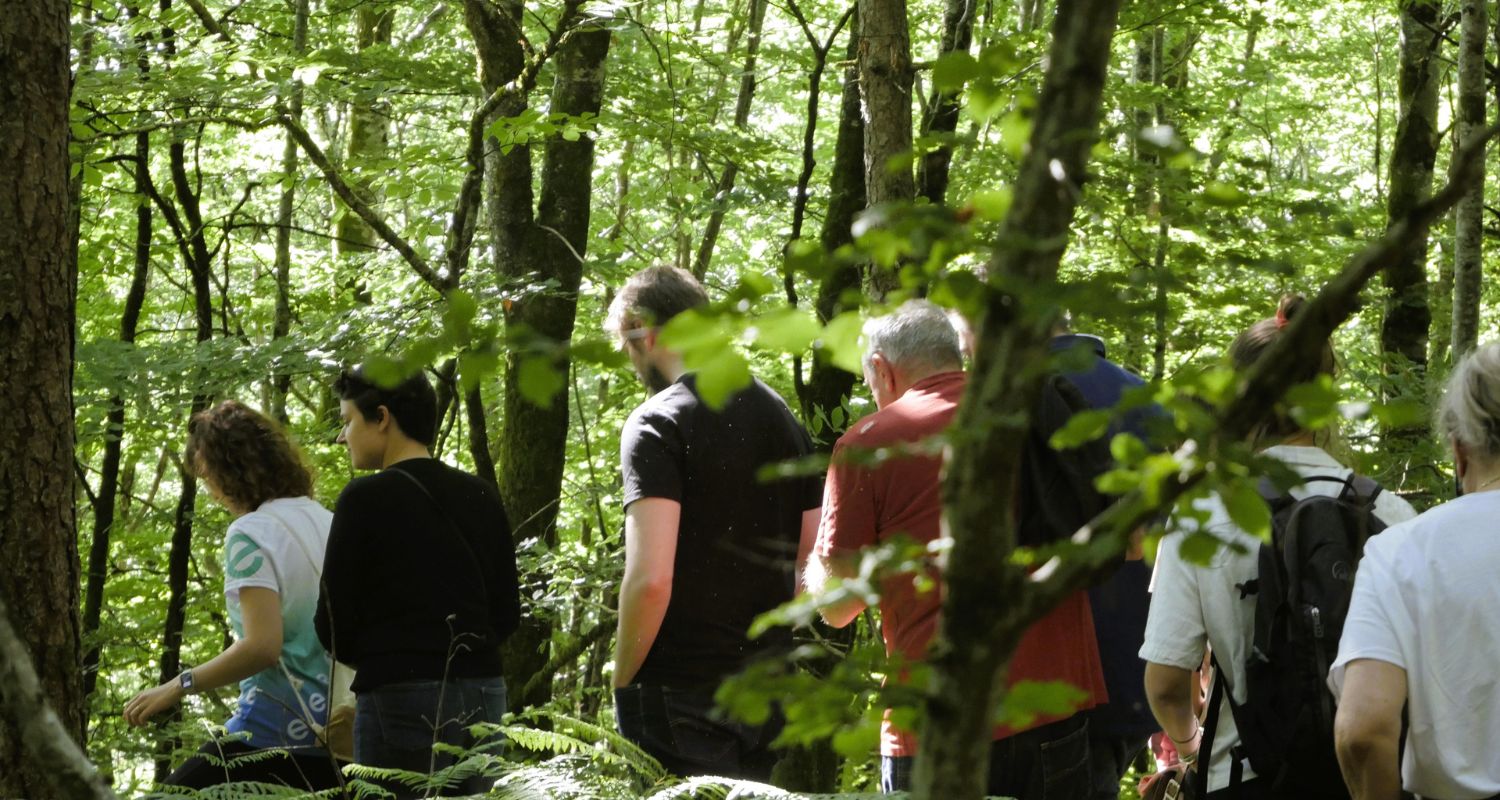
We are not just conserving a forest; we are investing in a future grounded in biodiversity, ecological research, and public awareness. To discover more about how you can contribute to the project here.
Ecological terms explained
- Untouched forest: Small, naturally evolving forest areas where natural regeneration processes occur without human interference. These pockets allow mature and decaying trees to provide vital habitats for a diverse range of species.
- Passive rewilding: A conservation approach where nature is allowed to regenerate without human management, restoring land to its natural state.
